The prize—welcome recognition for a city that’s the birthplace of modern computing—was announced by the Chancellor as part of a ‘quantum strategy’ with a research and innovation programme totalling £2.5 billion.
Manchester has earned its place in computing history and continues to be a pioneer in computer science today.
On 21 June 1948, the world’s first stored program computer, the Manchester Small-Scale Experimental Machine, later nicknamed ‘Baby’, completed its first successful run, at the University of Manchester, proving the basic blueprint still used in billions of computers today.
Manchester scientists and engineers put the city at the forefront of a global technological revolution.

Science Museum Group © The Board of Trustees of the Science Museum
In 1951, the Moston Ferranti factory produced the world’s first commercially available computer, the Ferranti Mark 1. During the 1980s, the first ARM chips, which now power smartphones around the world, were co-designed by a Mancunian. Millions of 1980s home computers like the ZX Spectrum and BBC Micro, relied on ULA microchips developed by Ferranti in Manchester. Still today, there is a wealth of technical innovation happening across the city. Manchester really is a city of computing.
The original Baby computer was built using technology developed for Second World War radar and communications equipment.
At the Science and Industry Museum a full-scale replica of ‘Baby’, built from 1940s vintage parts, delights hundreds of thousands of visitors a year. Kids marvel that it’s the ancestor of their phone or tablet (and try to imagine a pre-digital world) and our talented team of volunteers inspire wonder by running programs on it live in the gallery, demonstrating how far computing has come since 1948.
Our replica was built in 1998, with the guidance of the original designers, to mark the 50th anniversary of the world’s first stored-program computer. The original no longer exists, so this is the closest you’ll get to an important piece of computing history, which took place right here in Manchester.
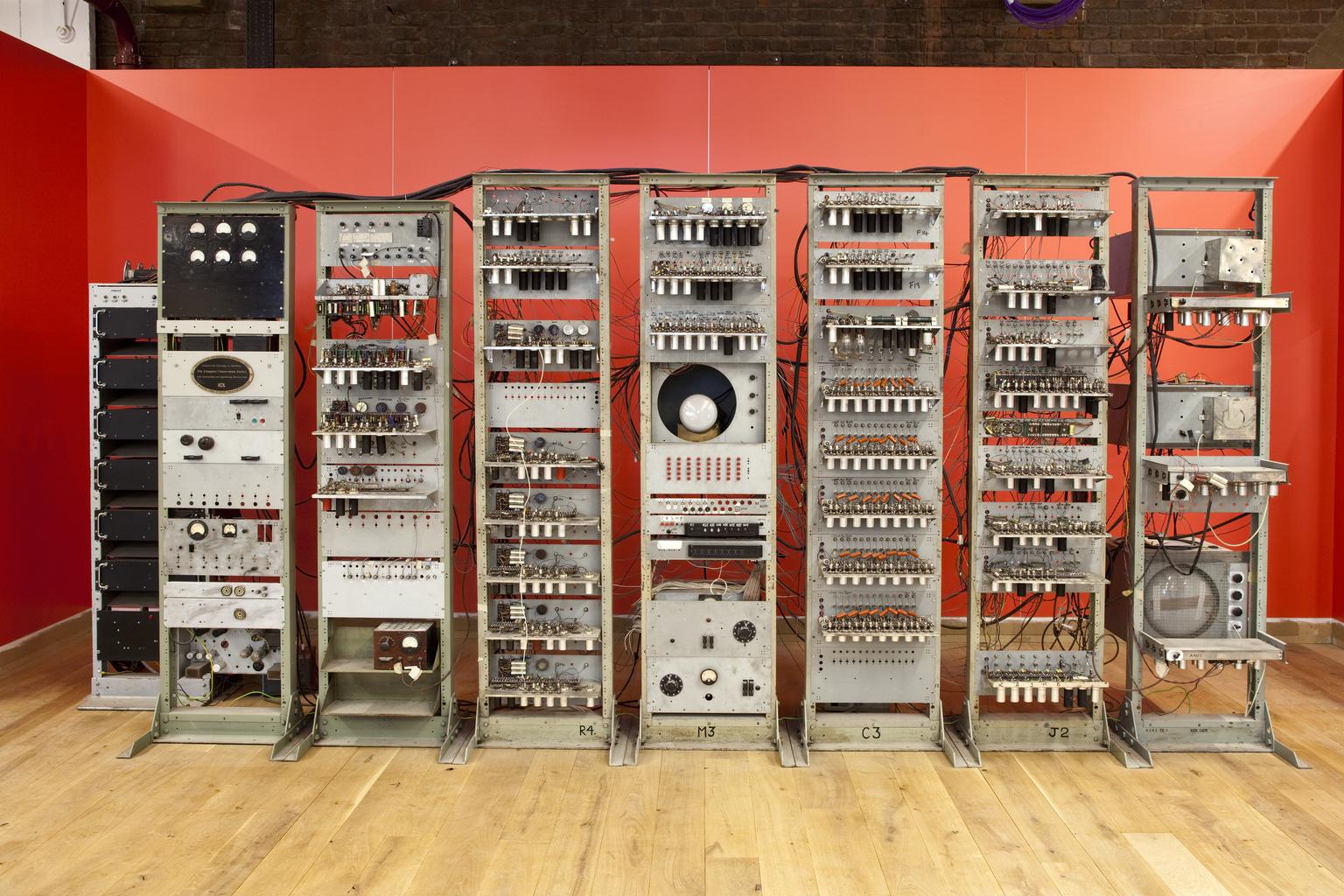
Science Museum Group © The Board of Trustees of the Science Museum
The world’s first stored-program computer was the first step to the world that we know today, as even modern computers build upon Baby’s basic principles.
Baby was just a prototype, but it led to the development of the Ferranti Mark 1, the world’s first commercially available computer. The museum also displays earlier examples of technology that inspired the development of computing, including the iconic Jacquard Loom in our Textiles Gallery, which used punch cards to create patterned cloth in the industrial revolution – a precursor to the binary code used in early computing.
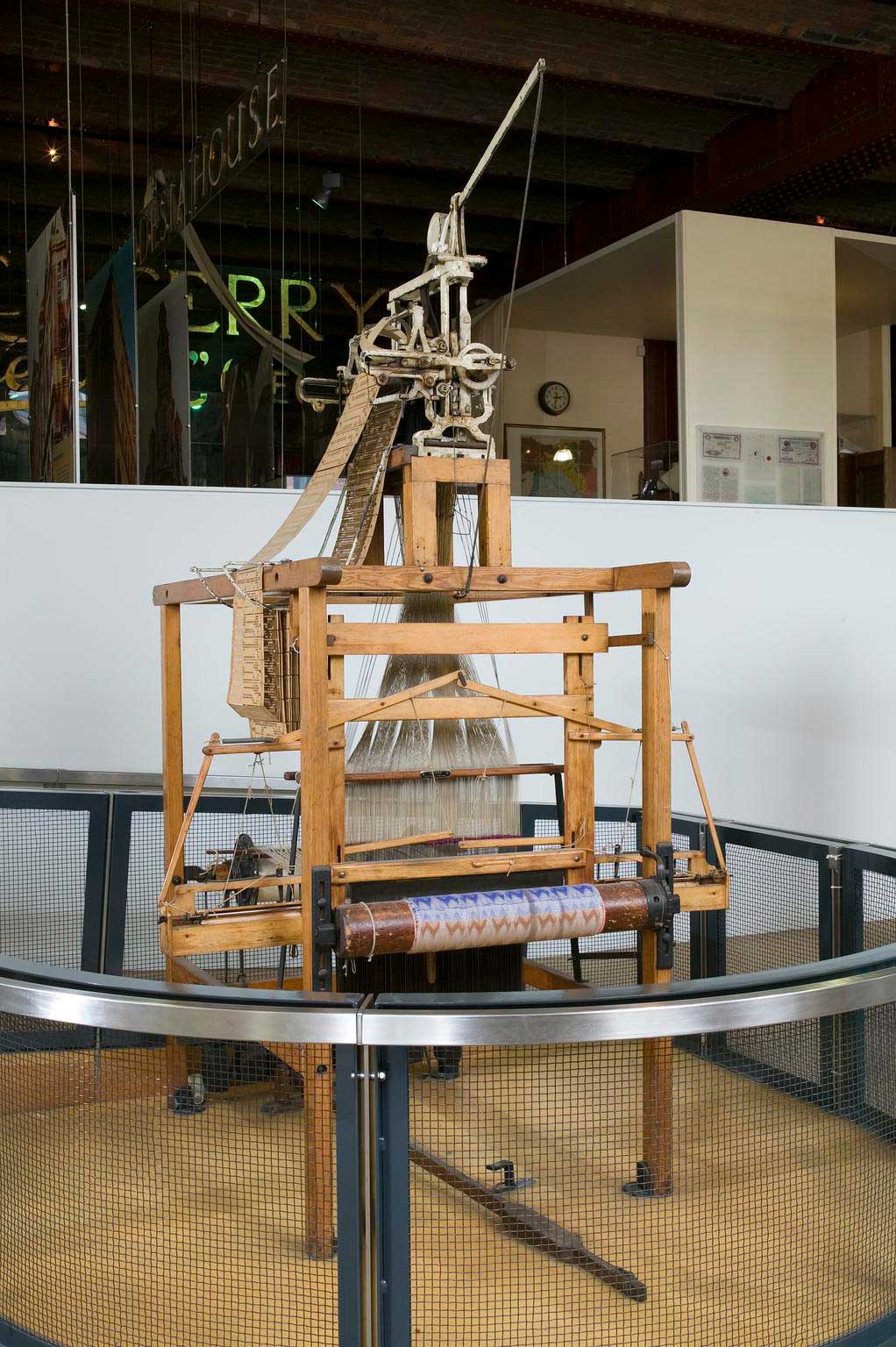
Science Museum Group © The Board of Trustees of the Science Museum
We were proud to partner with the Bank of England to announce mathematical and computing genius Alan Turing as the face of the £50 note. Turing was one of the earliest users of the Manchester Baby and did some of his most innovative thinking here in Manchester.

Science Museum Group © The Board of Trustees of the Science Museum
In particular, his 1950 article ‘Computing Machinery and Intelligence’ helped lay the foundations for what we now call artificial intelligence. We are delighted to have recently added material from the campaign for Alan Turing’s pardon (following his historic gross indecency conviction under the discriminatory laws of the time) to the Science Museum Group’s permanent collection. It joins objects relating to some of Turing’s most significant achievements, including the ‘Pilot ACE’ computer and archive material and components from the Ferranti Mark 1.
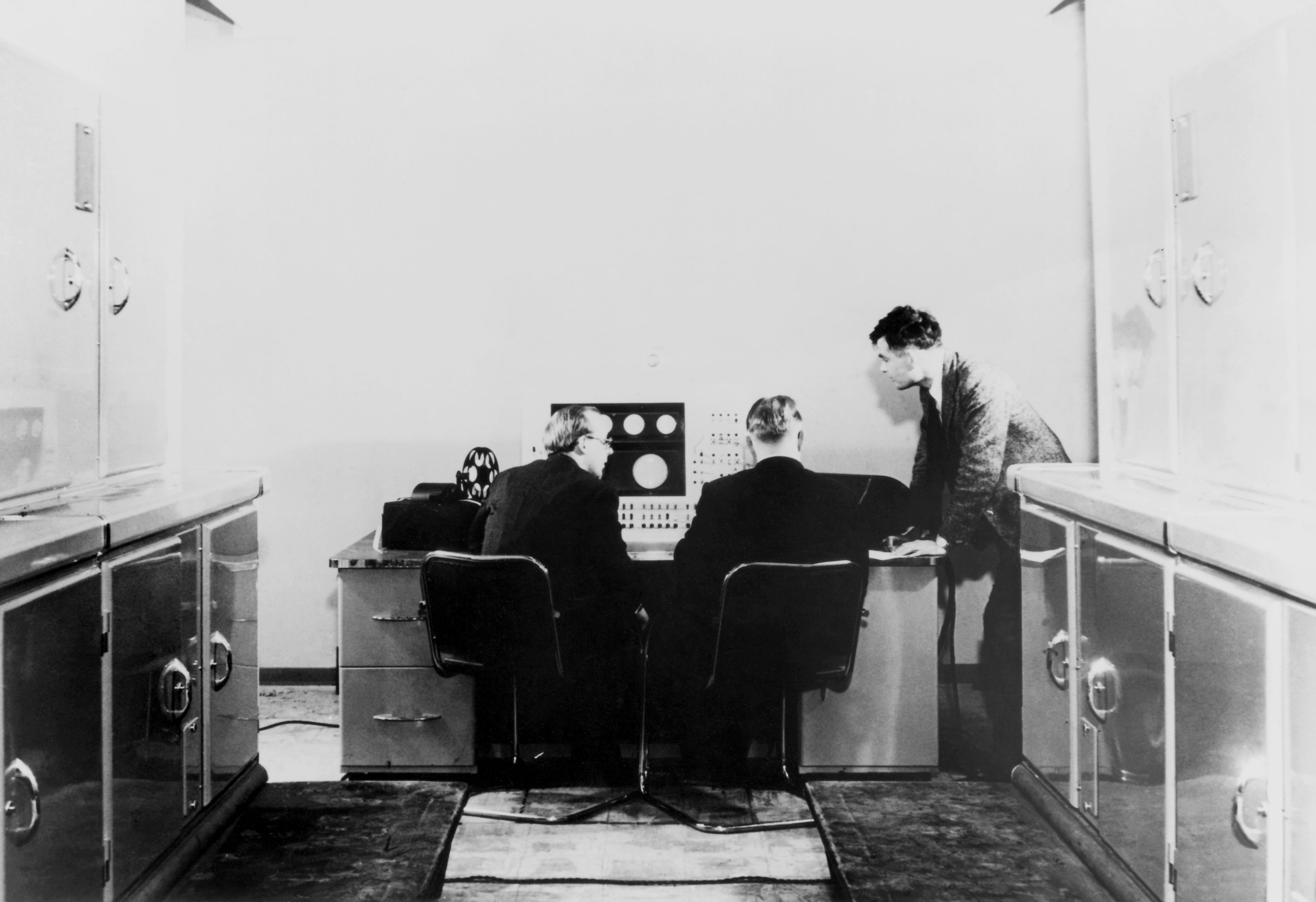
Science Museum Group © The Board of Trustees of the Science Museum
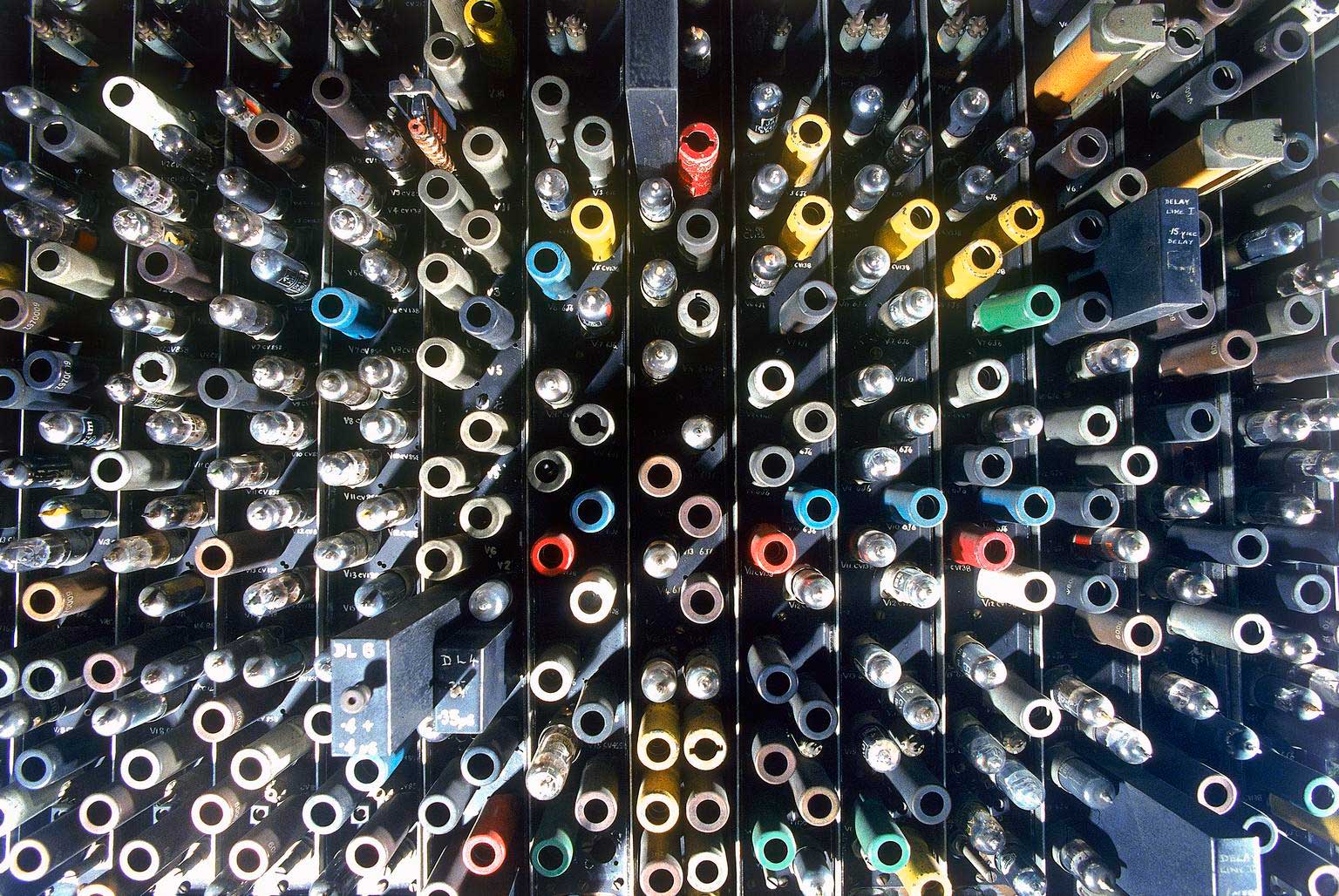
Science Museum Group © The Board of Trustees of the Science Museum
Inspiring visitors with innovation around AI and computing is part of our museum’s mission and a story we are uniquely placed to tell from our globally significant industrial heritage site, in the world’s first industrial city, alive with innovation today.
Working with our regional and national partners we bring stories right up to date including displaying for the first time as part of Manchester Science Festival 2022 a node board from the world’s largest neuromorphic supercomputer SpiNNaker, developed at the University of Manchester.
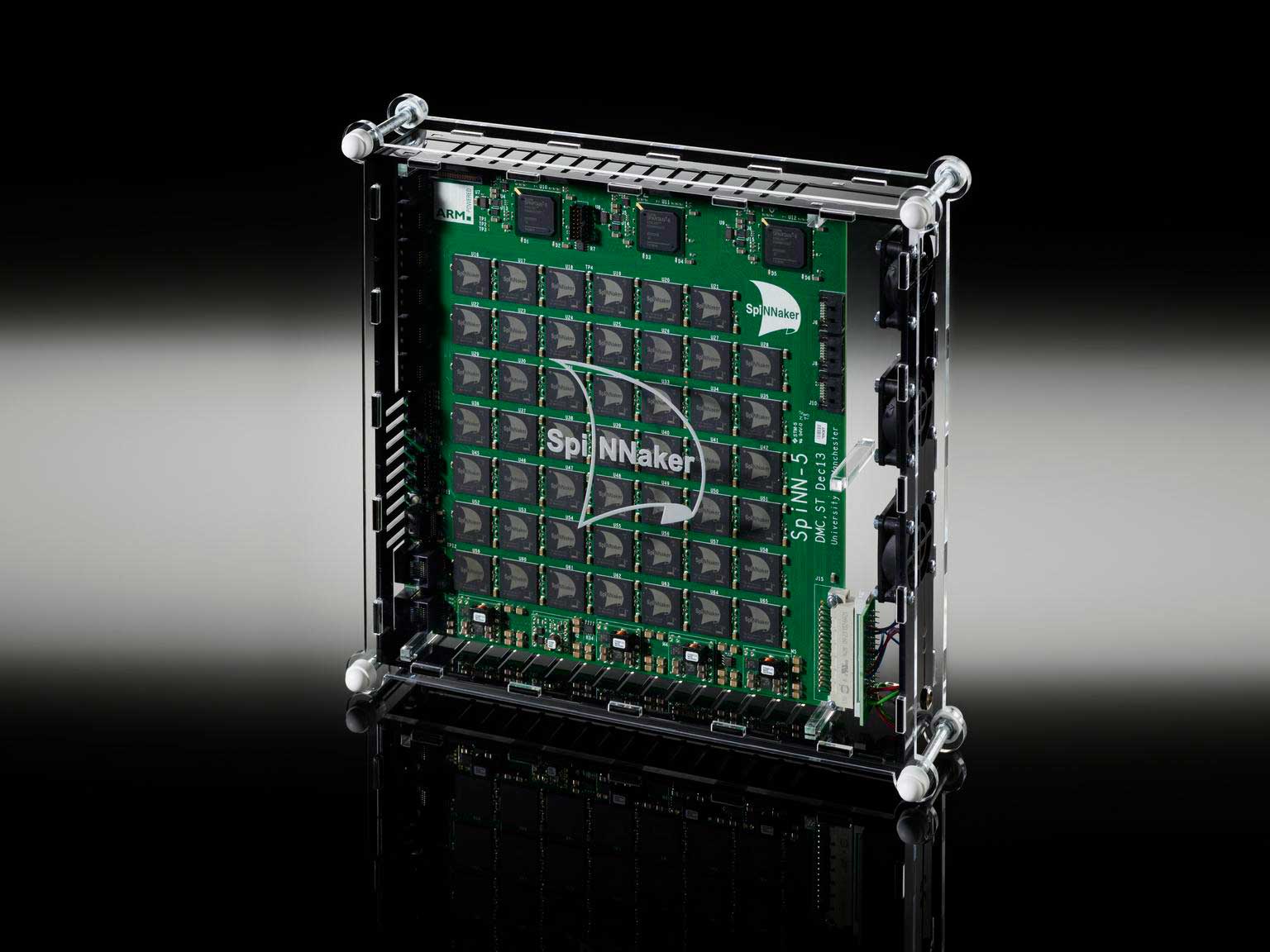
Science Museum Group © The Board of Trustees of the Science Museum
Our popular Power UP experience and Spring family programme meanwhile continue to delight visitors of all ages with five decades of gaming and celebrate careers, showcasing Manchester’s gaming and tech industry today.